
Niah National Park
A guide to hiking and accommodation in the Borneo Caves
Niah National Park (Taman Negara Niah), is one of the highlights of Sarawak, the southern state of Malaysian Borneo. Not only for the jungle, the wildlife and the huge caves, but also for its seamless historical and cultural relevance, since the middle paleolithic. Human remaining found here have been esteemed 40.000 years old and one of the cave features paintings from the iron-age (almost completely faded).
In recent years the importance of the cave for the local economy is tied to the collection of birds nest (a delicacy especially appreciated by Chinese people) and guano.
This article is part of our “DIY Adventure Travel in Borneo” series. Links to the other parts are at the bottom of this page, together with a map of the route with elevation profile and a street level photo map taken from our bikes.
Here are some general
things to know travel Borneo on a Budget.
Check also
31 highlights to include in your Borneo itinerary
The road from Miri to Niah
Disclosure: Some of our articles contain affiliate links. This comes at no additional cost for you and helps us keep this website up and running. (as Amazon Associates we earn commission from qualifying purchases)
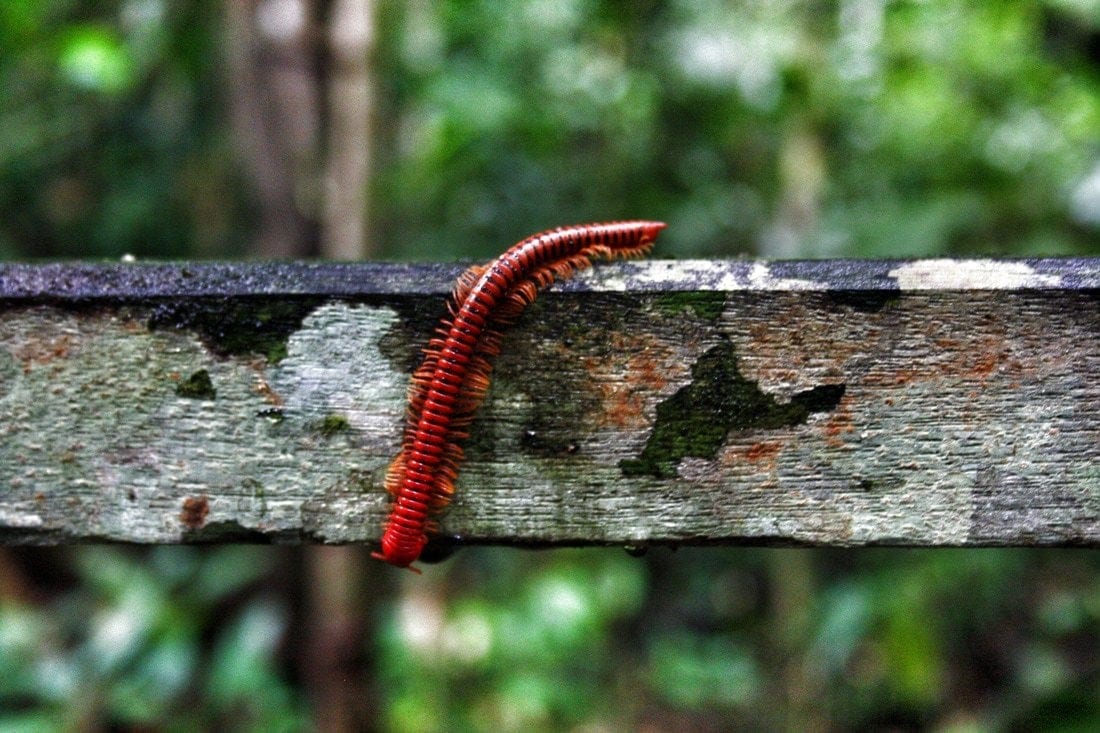
There are two roads leading to the park from Miri:
1. coastal road (Q642): cute waterfront until km 40 where there is the beautiful Tusan beach, then the road turns away from the sea, pleasant but not spectacular up to 10 kilometers before the junction to Niah, from where oil palm plantations begin again, there are no restaurants and no shade. The road is undulating but easy. 84 km
2. old road AH150: longer and up and down, not violent though more tiring than the coastal one, a little easier to find places to eat but better bring supplies with you, alternation of forest and plantations. Is the road that pass beside Lambir Hills National Park. 112km
Our Trip
Leaving Miri along the coastal road, just out of town there’s a long stretch of beach lined with pine trees, one can’t possibly ask for a better camping spot. But of course, we move ahead, paying a brief visit to Tusan Beach again, hoping to find some vendors to buy some snacks and drinks. Unfortunately, is Monday and it’s a desert here, another great camping site though.
The road then goes a little bit more to the interior and the sea is not in sight, we cross some stream with the usual sign “Awas Crocodile”. In Malaysia is illegal to kill crocs, they breed quick and massively and live long lives so, since the oil palm and logging companies are destroying their natural habitat, these huge beast are approaching the settlements and the beaches, becoming a serious threat. Every year there are many people getting killed by crocodiles.
Niah National park: fees, schedules, accommodation, and tiny animals
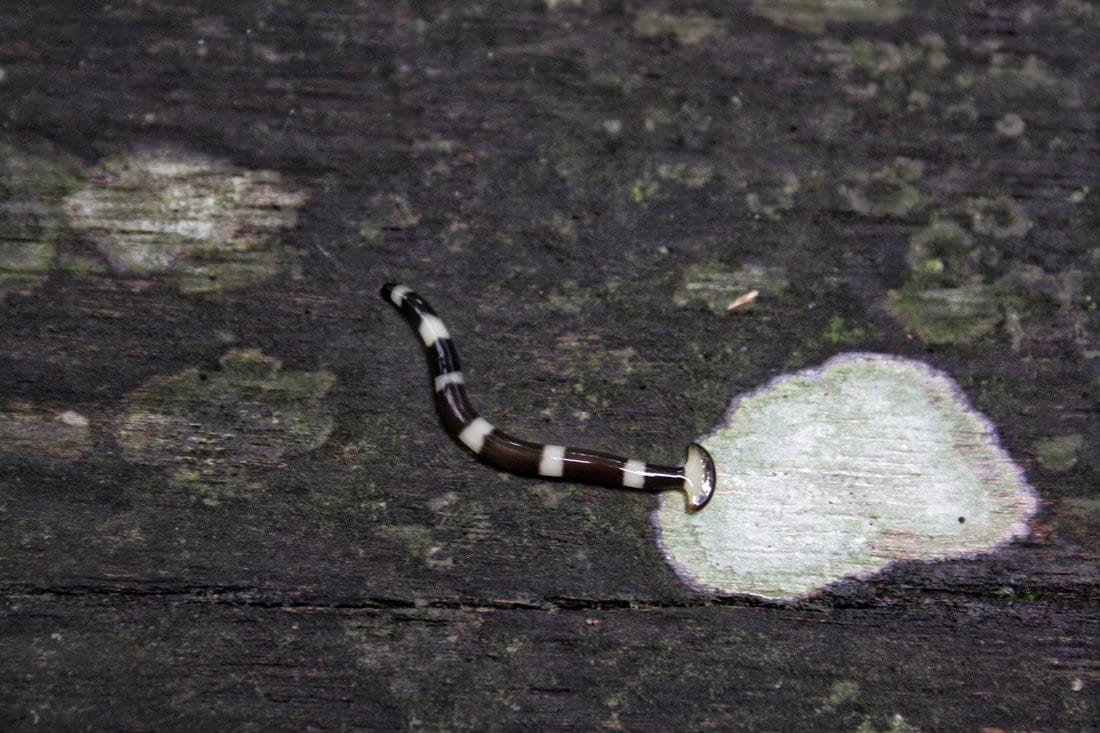
We arrive at the Niah National Park around closing time (opening hours are 8am to 5pm). We take a room inside the park for 40MYR. There are 4 beds so each bed comes for 10 ringgit (2€).
In the hostel, there is the kitchen and we are so glad we can cook a pasta, but unfortunately the gas is over. Luckily, however, the owner of the restaurant prepares some fried noodles even though the place is already closed.
We wake up early and after a breakfast of three fried eggs each we pay the entry fee (the usual 20MYR) and walk into the park. There’s a river to be crossed by boat, we see if we can spot some crocodiles but nothing. Just where the boat drops us there is the museum of the park, there are many interesting photos explaining how do locals collect bird nests.
And then begins the journey, that is very easy, just follow the path made of wooden planks, suspended above the muddy primary rain-forest. The highlights here are the bugs, there are many weird insects unseen before, we also we spot what seems to us a pygmy squirrel. No monkeys around though. The diversity of trees and plants is really impressive. At one point we hear music coming from our left, we take the junction leading to the Iban village inside the park.
The Iban village
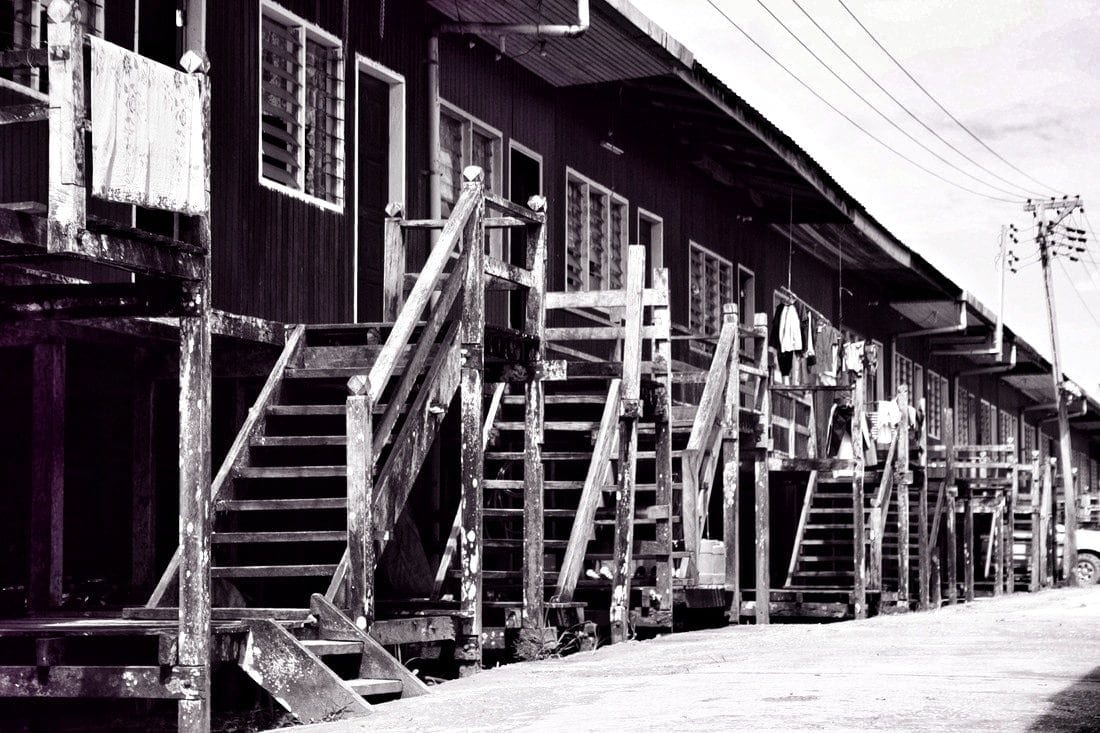
The Iban are one of the ethnic groups in Borneo, they used to be head hunters, one of the toughest folks around, never been subdued by the sultans. A real pain in the ass for the various authorities who tried to rule Borneo.
Until not so many years ago, a male Iban who wanted to marry a girl should have brought three enemy’s heads to the bride’s father.
They live in a traditional longhouse, as the name implies, it is a long elevated house. There is a common veranda for all apartments where they’re playing gongs and other traditional instruments. They are very friendly and nobody tries to behead us, we are instead invited to listen to some music.
The Iban culture is vast and deserves to be known, they have a rich religion, many different dances, and performative rituals, and make some beautiful handicraft.
There’s also a homestay inside this longhouse, we don’t know the price but I’m sure is not expansive, worth a try. This small and beautiful village can be reached by road from a junction on the right just before the park entrance.
The caves
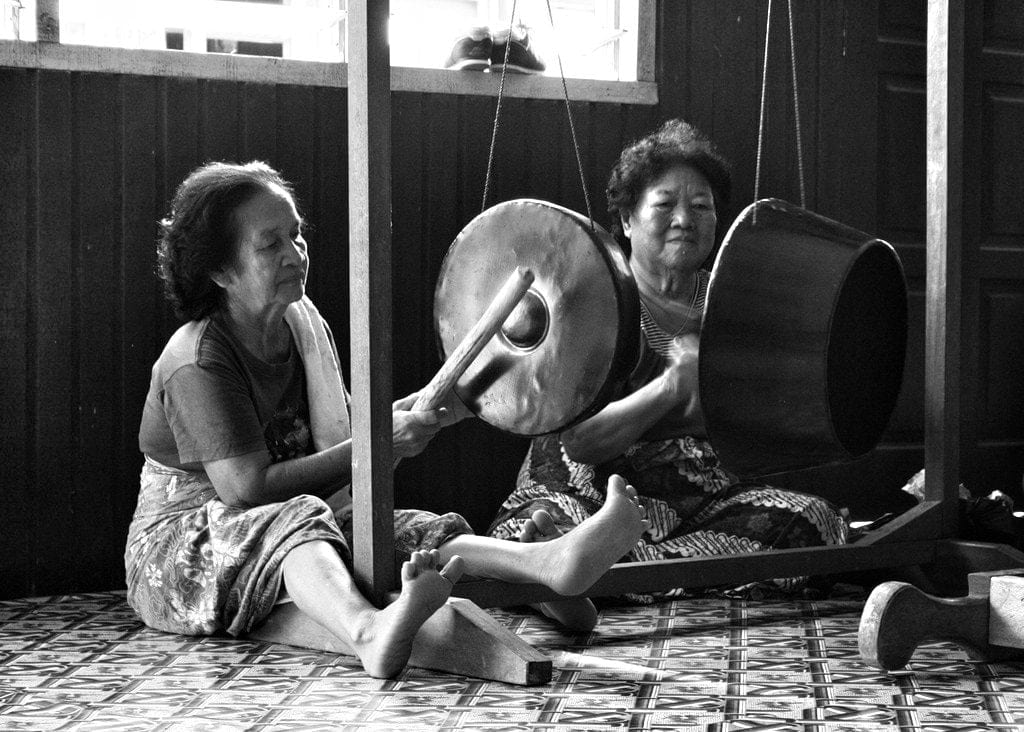
We get back to the main path that leads to the caves, surrounded by hundreds of colorful butterflies.
We climb to the first cave, it is big and beautiful (but we haven’t yet seen the main). There are still remnants of shelters used by the workers collecting the bird nests to sell to the Chinese. They are a very expensive culinary delicacy.Immediately after that is the Great Cave, which really is impressive, one of the world’s largest cave entrances.
In this cave 70% of the bird nest “produced” inSarawak used to be collected (the birds are small swiftlets).
There are still tall wooden poles on which the workers climbed unprotected, reaching the vault of the cave, sometimes as high as 50m. They still collect the nests nowadays, but luckily there are limitations, because by dint of robbing nests to these birds they have decided not to come back. The population is reduced by 90%.
In the dark
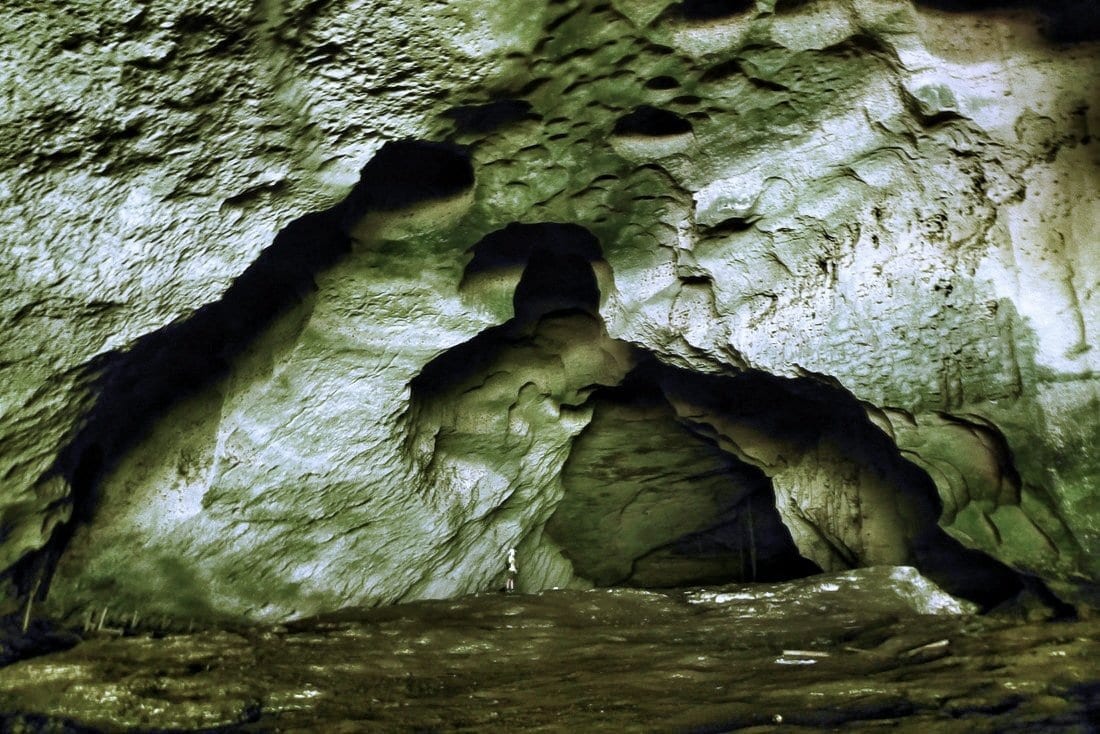
We enter the cave following the path that becomes increasingly darker, there is more and more guano from swallows and bats, that makes the runway pretty slippery. The darkness soon becomes total, our flashlight is very weak and does what it can, which is not enough to see where we are going (bring a good flashlight).
We keep on penetrating the bowels of the earth, stairs go up and down, the ceiling is sometimes very low, some bats fly skimming our heads, we spot a big and ugly insect of the darkness, a sort of grasshopper. The cavern never seems to end, we are alone in the huge cave and I’m not ashamed to say we’re a little scared. After one kilometer we finally see the light. Not for the faint-hearted!
We’re back in the green forest, climbing up the last leg up to the Painted Cave. Though very little is left of the painting, I honestly don’t see anything. Unfortunately, there are no other roads and to get back we have to redo the path in the scary cave… when we’re out again we’re in a downpour, we rush back to our bungalow.
Too bad because apparently at sunset thousands of bats go out from the cave, while a similar amount of swiftlets goes in, a sort of spectacular changing of the guard which we miss. Anyway, we are very happy, the best day so far in Borneo.
We walked a total of 7km today, easy and relaxing.
How beautiful this island should have been before the deforestation took place.
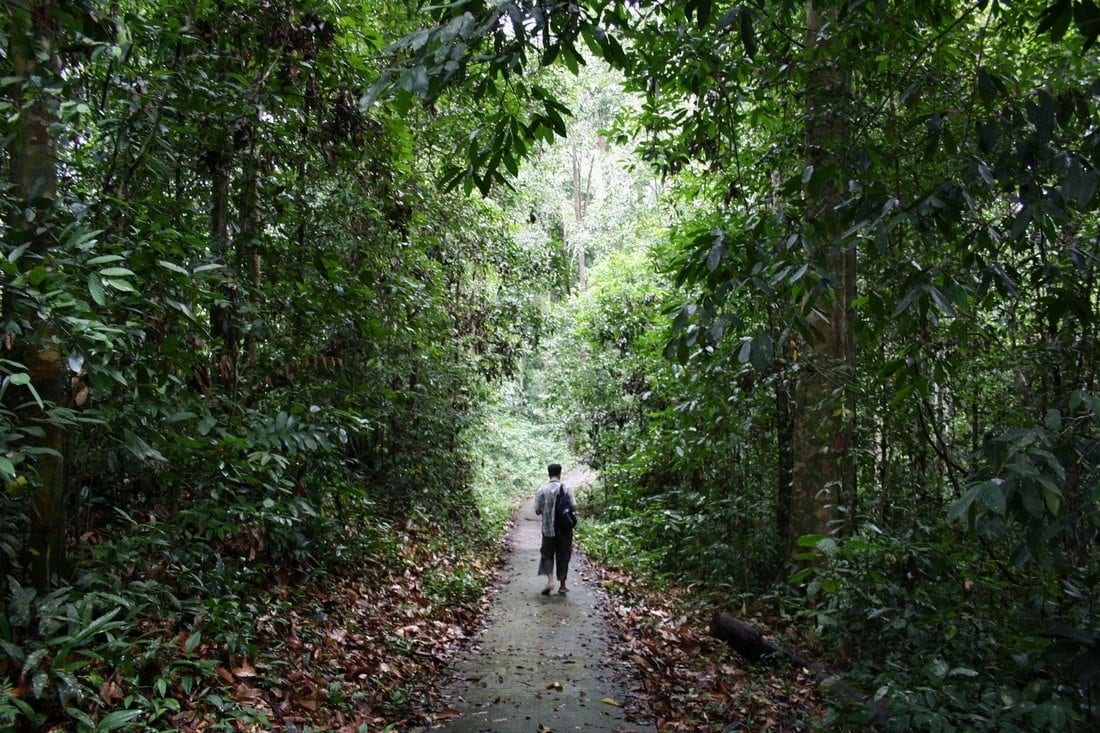
The next day we leave the park through a very nice narrow path that starts from the park campsite and leads to the town of Batu Niah after some 5km of nice dirt track. The town has everything one may need, including water refill, a small supermarket, shops, hotels, and restaurants.
Back to road AH150, the so-called “Old Road”, we find ourselves in the middle of a highway. The ride is smooth but not really exciting until we reach the junction that will lead us to Bakun Dam, after 65km on the highway. We find a shelter in an oil palm plantation, it even has a tub filled with water to have a shower. Tomorrow we’ll head to Sungai Asap where the people from Bakun have been resettled for the construction of the dam.
We describe this last stretch of the road in the next article about the cheapest boat ride in Borneo.
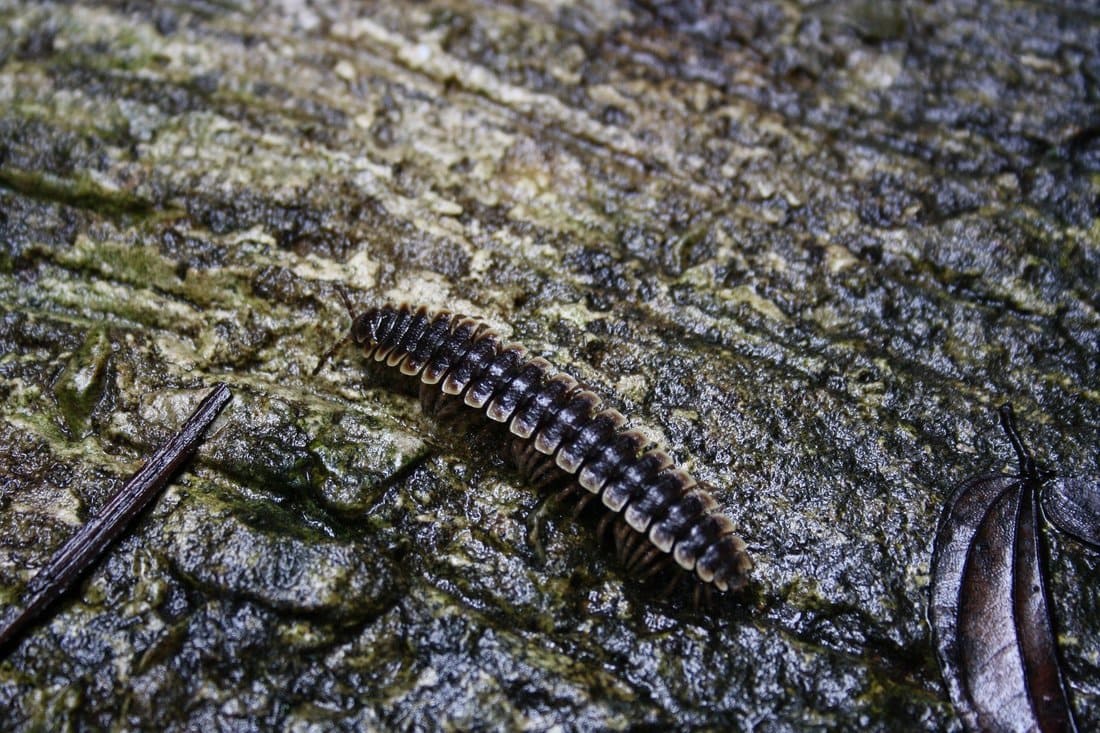
Did you like this article? Like it and share it! Have some thoughts? Comment!
Our adventures in Borneo
- pt1: from Kota Kinabalu to Tenom, crossing the Crocker range
pt2: Jungle Train, from Tenom to Beaufort
pt3: crossing Brunei by bicycle
pt4: around Miri, Lambir Hills and Logan Bunut national parks and Tusan Beach
pt5: the caves of Niah National Park (you’re here)
pt6: from Belaga to Kuching by boat
pt7: Kuching and Bako National Park
pt8: Rafflesia in Gunung Gading National Park
pt9: Overland Border crossing from Sarawak into Kalimantan, the secret Aruk border
pt10: Sambas, the wooden Venice of Indonesian Borneo
Reportages
Chap Go Meh in Singkawang:
piercing yourself with swords to please your Gods - Hydroelectric devastation in Borneo
part 1: Interview with SaveRivers
part2: a visit to Sungai Asap
here are some general hints to budget travel in Borneo (by bicycle or not)
Check our Street Level Photo Map, from Miri to Bakun Dam
Map of the route: from Miri to Bakun dam through Niah national park
Click on the map to navigate
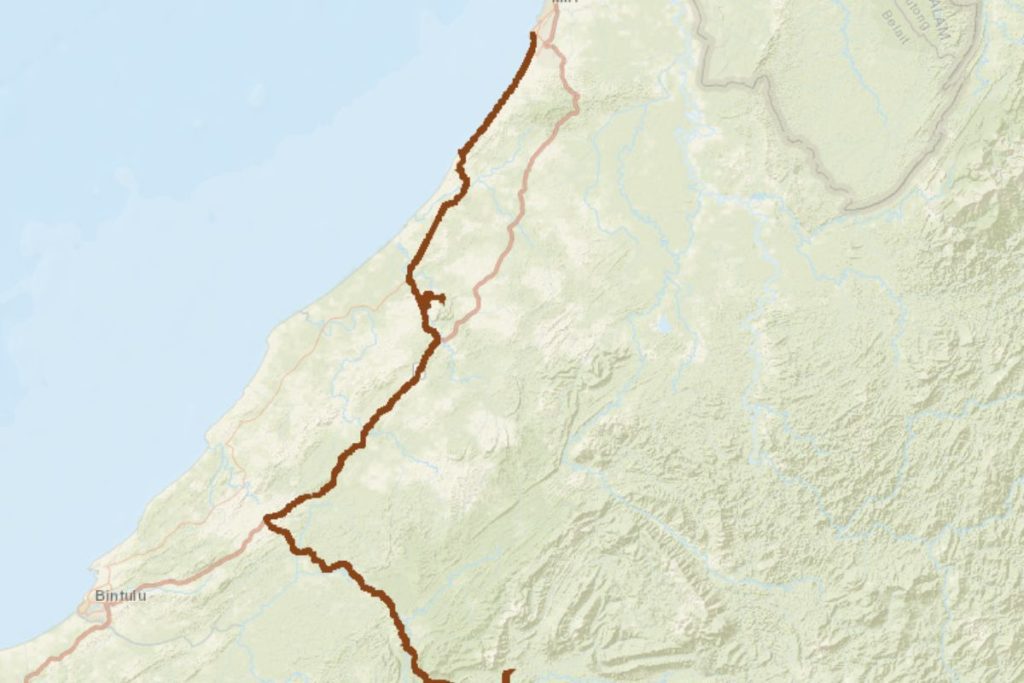
Follow Us
Stay in touch while we get lost! Follow us on Social Media
